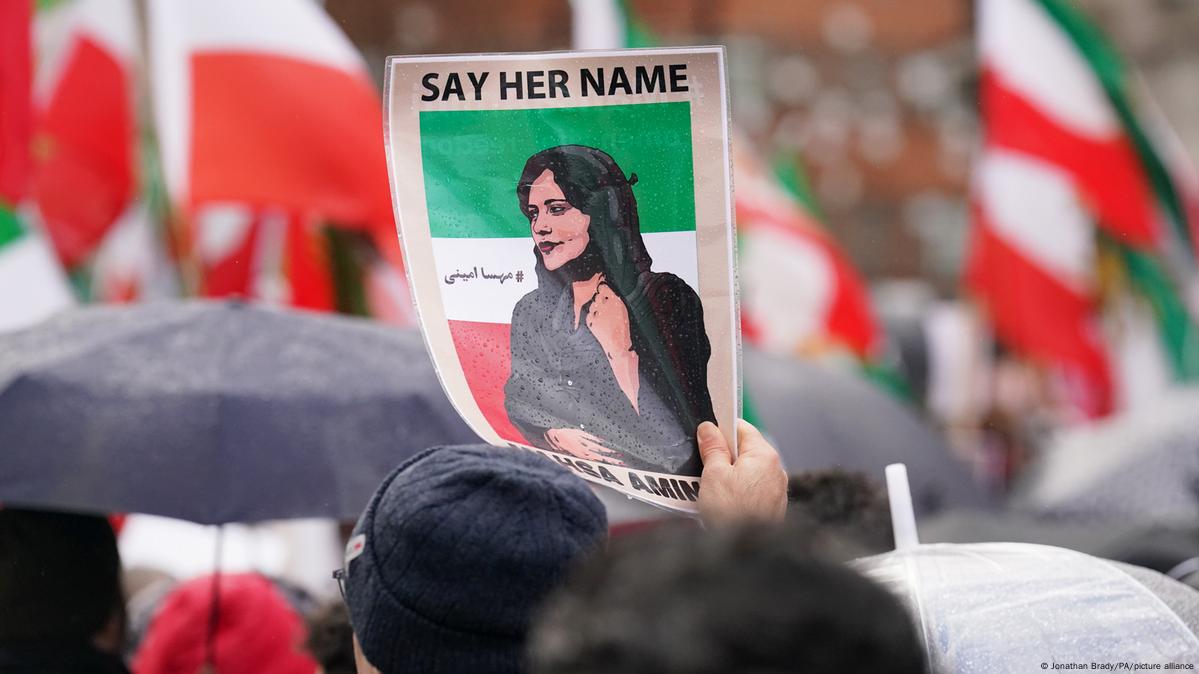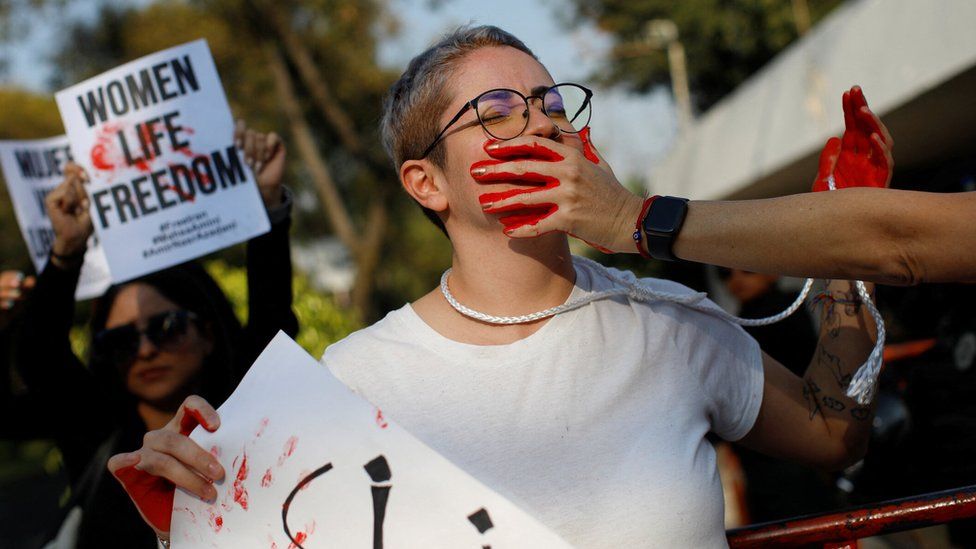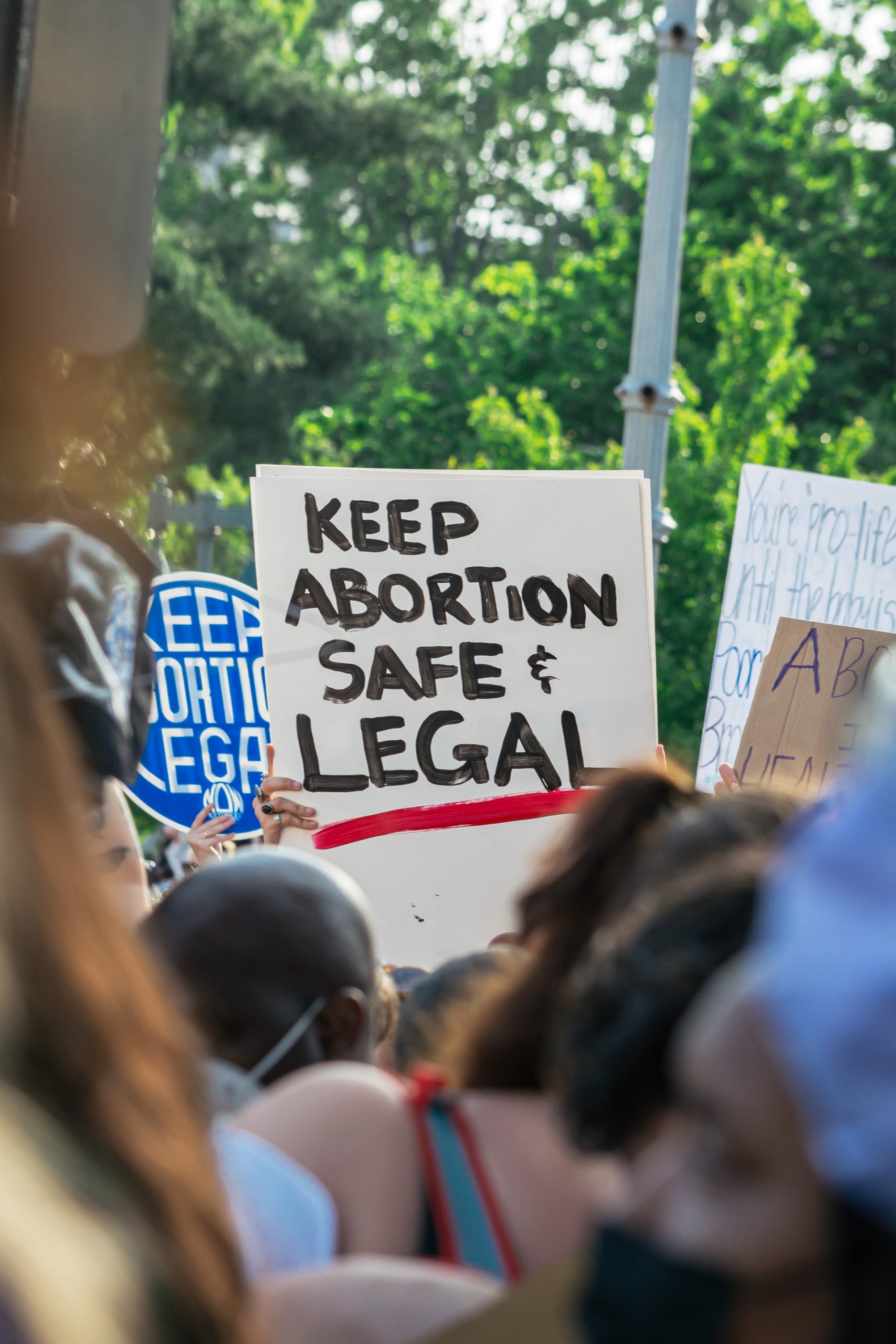The protests that began in Iran 50 days ago to protest violence against women have become the most serious challenge to the country’s government since the 1979 Islamic revolution. The unrest began on September 16 in response to the death of Mahsa Amini, a 22-year-old woman detained by Tehran’s morality police for allegedly violating Iran’s strict rules requiring women to cover their hair with a hijab or headscarf.
Since then, protesters have continued to defy the deadly crackdown by security forces. The Human Rights Activists News Agency (HRANA) website says that as of November 2, 298 people have been killed and more than 14,000 arrested in protests in 129 cities. Iranians told the BBC that the protests have already brought significant changes to daily life in the country in five main ways.
1. Letting go of the hijab

In recent weeks, many Iranian women have regularly defied the rules about covering their heads, as women have been seen climbing on top of garbage cans and cars while waving their headscarves in the air. Social networks are also full of women in public without headscarves, including well-known personalities like actress Fatemeh Motamed-Arya. The scale of this public defiance is unprecedented in the history of the Islamic Republic.
Some posts even show images of young Iranian women with their heads uncovered near security forces, although the authorities insist that the rules have not changed. “Removing the veil is still against the law,” Ali Khanmohammadi, a spokesman for Iran’s morality police, told a news site on October 30.
That hasn’t deterred Iranian women from challenging the ban. One 69-year-old woman told the BBC that since the protests began, she has often left her home without wearing a headscarf.
“The other day I was walking down the street and I heard a car honking behind me. I turned around and saw a young woman in the car without a headscarf,” says the woman, who asked to remain anonymous. “She blew me a kiss and made a victory sign. I did the same thing! In the space of forty and a few days, the country has changed more than in forty and a few years.”
2. Reclaiming the walls and streets
The current protests in Iran are also distinguished from previous unrest by a “battle for public walls.” It is common to see graffiti slogans and videos on social media in which people record themselves writing on walls. City councils are painting over the graffiti but are fighting a losing battle.
Most of the slogans target the Supreme Leader, Ayatollah Khamenei – an escalation of language rarely seen before- and attack Iran’s theocratic regime by emphasizing the secular nature of the protest movement. But the real fight for public spaces is on the streets: protesters have ignored rules banning demonstrations, tearing down or defacing government billboards with their images or words.
“People have created temporary liberated zones where girls and women dance to the cheers of the crowd, where people chant slogans calling for an end to the crackdown while they meet and discuss the directions the movement should take,” Iranian writer and activist Alex Shams tells the BBC. “The protests themselves have emerged as one of the most important spaces for Iranians to imagine a different kind of future.”
3. Youth power

Schoolchildren have been among the most active groups in the protests, and HRANA claims that more than 47 children have died. The dead youth have become important symbols of the unrest. Names such as Nika Shakarami and Sarina Esmailzadeh have become popular hashtags, and their images feature prominently in graffiti.
There are numerous videos on social networks of schoolchildren (mostly girls) chanting anti-government slogans, tearing up pictures of the supreme leader, Ayatollah Khamenei, or replacing pictures in their textbooks with images of people killed during the crackdown. A video widely shared on social networks shows schoolchildren yelling at a member of the security forces who had come to their school as a lecturer- they tell him to “get out.” This is the first time that young Iranians are seen in such roles during the protests.
4. Boldness trumps fear
On October 29, Hossein Salami, the head of the Revolutionary Guards, issued an ultimatum to the protesters. “Don’t take to the streets! Today is the last day of the riots,” Salami warned, quoted by state media. But on the same date, there were other reports of protests and clashes with security forces.
BBC Persian has come across many accounts of people showing a kind of defiance at the brutal crackdown that has never been seen on such a scale. One of them, a young woman who wished to remain anonymous, said she had left her baby with her mother in order to attend a demonstration.
“I was afraid, but I have to do it to provide a better future for my child.” Faravaz Favardini, an Iranian singer and activist, based in Germany, also believes that exasperation with the current situation throughout Iranian society has given momentum to the protests.
“Everything is becoming more expensive, there is a lot of repression,” Favardini says. “After what happened to Mahsa Amini, people realized that even people not involved in politics can be killed for nothing. I think that has pushed a lot of people to fight for hope.”
5. Unity

A notable feature of these protests is how they seem to have galvanized different parts of Iranian society, unlike previous movements. The 2009 protests, which followed the results of that year’s presidential election, were led by the middle class, while the 2019 uprising featured mostly poorer sections of society protesting fuel prices.
This agitation saw Iran’s different ethnic groups marching together, and this crossover is also reflected in the slogans. In the first protests following the death of Mahsa Amini, a Kurdish Iranian woman, the slogan in her native language, “Jin, Jiyan, Azadi” (woman, life, and freedom in Kurdish), was put forward. There are now also versions in Farsi, the most spoken language in Iran, and Azeri.
According to Alex Shams, the government claims that the protests could lead to ethnic separatism and civil war in Iran have failed to shake this unity. “Solidarity among Iranians of different backgrounds has been at the heart of the momentum of the protests and has broken down the barriers of fear and suspicion. While the government tries to claim that the protests are against religion, people from religious and non-religious backgrounds have stood together and refused to be enemies,” he adds. Previous movements have not led to significant changes in Iran, but Shams believes this time could be different.
Sound off in the comments section below, and tell us what you want to read next and if you want to read more about the protests in Iran.

